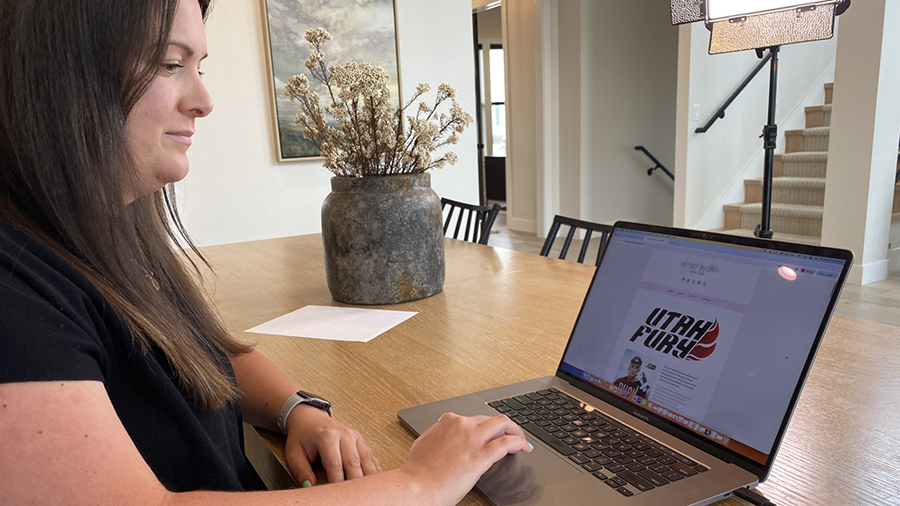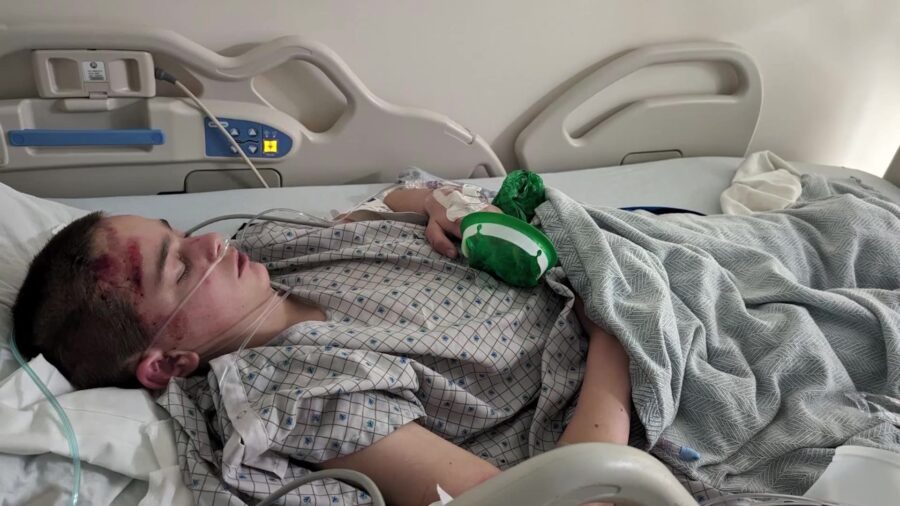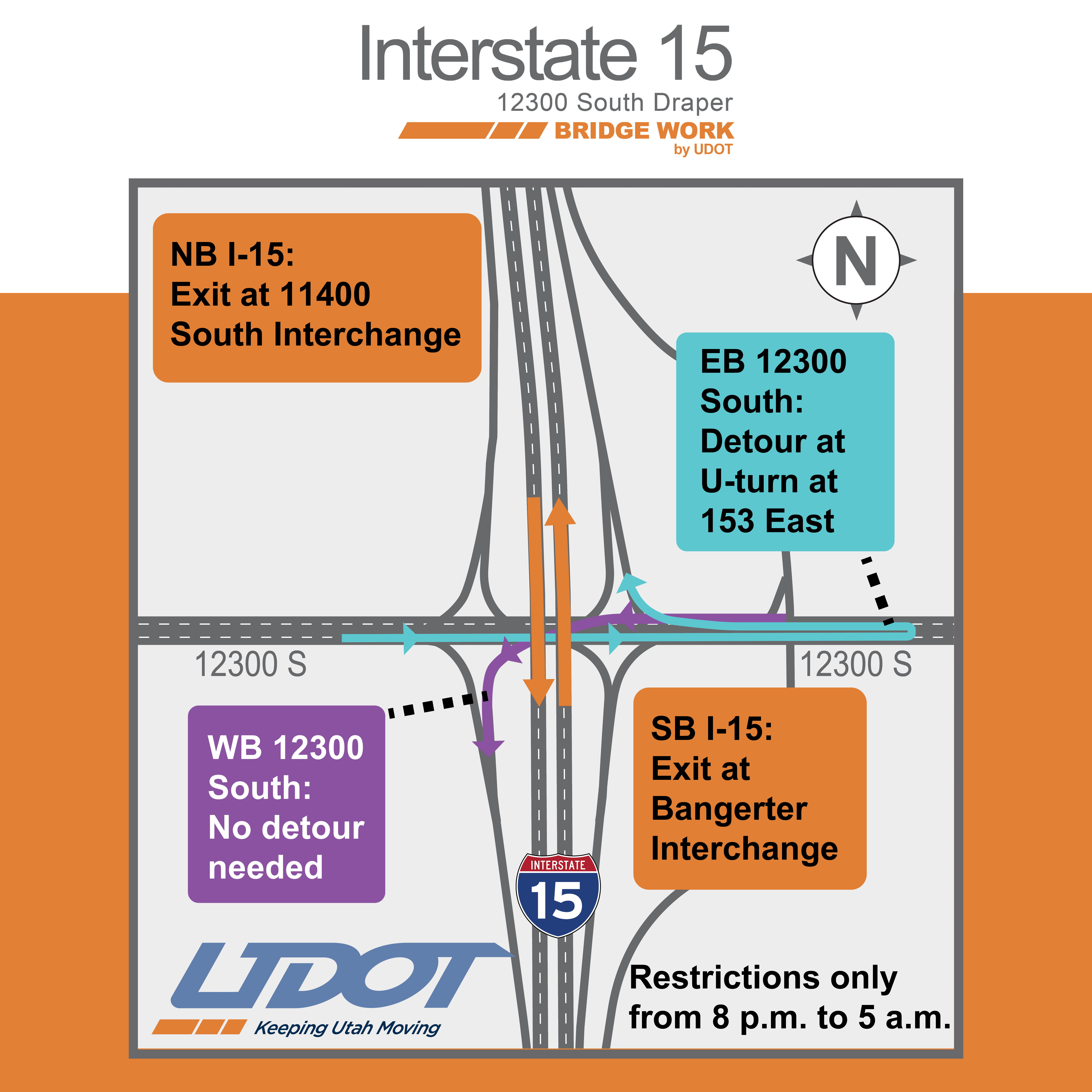Public educators say $42M for voucher program could have been better spent elsewhere
Jan 27, 2023, 1:27 PM
SALT LAKE CITY — A bill that establishes a student voucher or “scholarship” program while giving public school teachers a raise cleared its final legislative hurdle Thursday as educators continued to raise concerns over the measure.
HB215 passed through the Senate with a two-thirds majority after clearing the House by a similar spread, meaning by state law voters will not have the ability to overturn the measure if the governor signs it.
In 2007, voters rejected a previous voucher program created by lawmakers by a 62 to 38 percent margin.
Under the “Utah Fits All” program established by the bill, each student would receive an $8,000 scholarship used for homeschooling or “microschooling” costs or for private school tuition.
SLC high school teachers walkout to protest school voucher bill
“Right now we have about $42 million appropriated to that, so it’ll serve about 5,000 students,” said the bill’s sponsor, Rep. Candice Pierucci, R-Herriman. “This is new money we’re allocating and this is a great investment in Utah students and empowering them to have a more customized learning experience.”
The measure also increases public educator compensation by $6,000.
“I’ve gotten a lot of texts today from teachers asking me when the pay raise goes into effect and a lot of them sharing support for the bill,” Pierucci said.
Many public educators, however, continued to raise concerns over the bill Thursday — saying the pay increase should have been addressed in a separate measure and not commingled with the voucher measure.
John Robison, a member of the Davis School District Board who underscored he was not speaking for the entirety of the board, said the $42 million could have been spent in a way to help many more students around the state.
“Yeah, $42 million would pay for over 700 school psychologists, over 600 counselors, 4,500 teacher assistants, 2,500 family service workers,” the longtime public educator conjectured about possible uses for the money. “We could make a huge impact in relation to the struggles we’re having with mental health issues, I mean, school nurses, bus drivers — all kinds of things that could go for. I think our district alone would probably — if it was spread out — could get at least $4 million, and a lot of good could come from that.”
Robison told KSL TV the money allocated to a homeschooled or private school child would be effectively double what the average public school student receives in funding.
“If that money was appropriated out to districts, then they would be hiring more psychologists, more counselors, even social workers — all of those kinds of things again which would impact every single kid in their district rather than 5,000 kids statewide,” Robison said.
Robison also expressed concerns about public funds being used in a private setting, about a lack of accountability for student progress compared to what is required of public school students, and that the legislation was pushed through so quickly.
“Were there educators that were brought in, did they consider the ramifications of what this might do in regard to the absence of that money that could again be appropriated to the districts?” Robison questioned. “I just don’t think there was enough time for that dialogue to happen.”
Pierucci brushed off the critiques coming from public educators, saying they have never supported school choice.
“This is in no way a silver bullet that’s going to fix all our problems,” Pierucci said. “I think this is the beginning of a new, out-of-the-box way of thinking when we look at education in Utah.”














